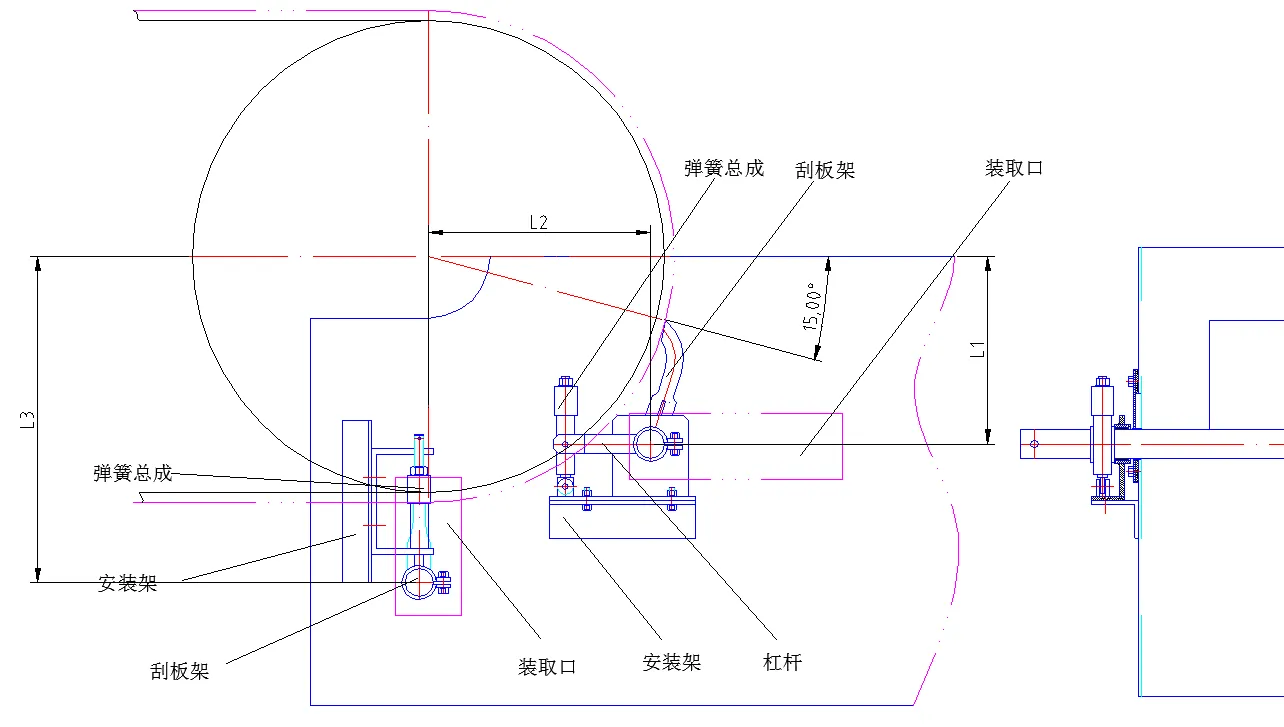 Afrikaans
Afrikaans  Albanian
Albanian  Amharic
Amharic  Arabic
Arabic  Armenian
Armenian  Azerbaijani
Azerbaijani  Basque
Basque  Belarusian
Belarusian  Bengali
Bengali  Bosnian
Bosnian  Bulgarian
Bulgarian  Catalan
Catalan  Cebuano
Cebuano  Corsican
Corsican  Croatian
Croatian  Czech
Czech  Danish
Danish  Dutch
Dutch  English
English  Esperanto
Esperanto  Estonian
Estonian  Finnish
Finnish  French
French  Frisian
Frisian  Galician
Galician  Georgian
Georgian  German
German  Greek
Greek  Gujarati
Gujarati  Haitian Creole
Haitian Creole  hausa
hausa  hawaiian
hawaiian  Hebrew
Hebrew  Hindi
Hindi  Miao
Miao  Hungarian
Hungarian  Icelandic
Icelandic  igbo
igbo  Indonesian
Indonesian  irish
irish  Italian
Italian  Japanese
Japanese  Javanese
Javanese  Kannada
Kannada  kazakh
kazakh  Khmer
Khmer  Rwandese
Rwandese  Korean
Korean  Kurdish
Kurdish  Kyrgyz
Kyrgyz  Lao
Lao  Latin
Latin  Latvian
Latvian  Lithuanian
Lithuanian  Luxembourgish
Luxembourgish  Macedonian
Macedonian  Malgashi
Malgashi  Malay
Malay  Malayalam
Malayalam  Maltese
Maltese  Maori
Maori  Marathi
Marathi  Mongolian
Mongolian  Myanmar
Myanmar  Nepali
Nepali  Norwegian
Norwegian  Norwegian
Norwegian  Occitan
Occitan  Pashto
Pashto  Persian
Persian  Polish
Polish  Portuguese
Portuguese  Punjabi
Punjabi  Romanian
Romanian  Russian
Russian  Samoan
Samoan  Scottish Gaelic
Scottish Gaelic  Serbian
Serbian  Sesotho
Sesotho  Shona
Shona  Sindhi
Sindhi  Sinhala
Sinhala  Slovak
Slovak  Slovenian
Slovenian  Somali
Somali  Spanish
Spanish  Sundanese
Sundanese  Swahili
Swahili  Swedish
Swedish  Tagalog
Tagalog  Tajik
Tajik  Tamil
Tamil  Tatar
Tatar  Telugu
Telugu  Thai
Thai  Turkish
Turkish  Turkmen
Turkmen  Ukrainian
Ukrainian  Urdu
Urdu  Uighur
Uighur  Uzbek
Uzbek  Vietnamese
Vietnamese  Welsh
Welsh  Bantu
Bantu  Yiddish
Yiddish  Yoruba
Yoruba  Zulu
Zulu conveyor machine parts
Understanding Conveyor Machine Parts A Comprehensive Overview
Conveyor machines play a pivotal role in modern manufacturing and logistics. They are designed to transport materials from one location to another, streamlining processes and enhancing productivity. The efficiency of a conveyor system is significantly influenced by its various components. In this article, we will delve into the key parts of conveyor machines, highlighting their functions and importance.
1. Conveyor Belts
The conveyor belt is perhaps the most recognizable part of a conveyor system. It is a continuous loop of material that moves items from one end of the conveyor to the other. Conveyor belts come in various materials, such as rubber, plastic, and metal, each suited for different applications. For instance, rubber belts are commonly used in heavy-duty applications due to their durability, while modular plastic belts are preferred for industries that require flexibility and easy cleaning.
2. Rollers
Rollers are cylindrical components that support the conveyor belt and facilitate its movement. They can be fixed or powered and are typically made of steel or plastic. Rollers help reduce friction, allowing for smoother transitions of materials along the conveyor. The selection of rollers is crucial, as they must be appropriate for the weight and type of materials being transported.
The drive system is what powers the conveyor, enabling the movement of the belt. This usually consists of an electric motor coupled with a gearbox. The motor converts electrical energy into mechanical energy, which then drives the rollers. Understanding the torque and speed requirements is essential when selecting a motor, as it directly impacts the conveyor’s performance and efficiency.
4. Pulleys
conveyor machine parts

Pulleys are used to redirect the conveyor belt and maintain its tension. There are two main types of pulleys drive pulleys and return pulleys. The drive pulley is connected to the motor and is responsible for moving the belt, while the return pulley allows the belt to complete its circuit. Proper pulley alignment and tension are critical to prevent slippage and wear, ensuring the longevity of the conveyor system.
5. Idlers
Idlers are used to support the conveyor belt and load. They do not drive the belt but help maintain its position and reduce sagging between rollers. Idlers are essential in maintaining proper belt alignment and tension, which are vital for efficient operation. They can be flat or crowned depending on the specific requirements of the conveyor system.
6. Guides and Sideboards
Guides and sideboards are additional components that help contain materials on the conveyor belt. They prevent items from falling off during transportation, particularly in inclined or declined applications. Sideboards can be adjustable to accommodate different sizes and shapes of materials, providing versatility to the conveyor system.
7. Control Systems
Modern conveyor systems often incorporate control systems that enhance their functionality. These systems may include sensors, programmable logic controllers (PLCs), and human-machine interfaces (HMIs). They allow for monitoring and controlling the conveyor’s speed, direction, and operational status, contributing to improved safety and efficiency.
Conclusion
The effectiveness of a conveyor machine heavily relies on its individual parts working in harmony. Understanding the roles and interconnections of these components is crucial for anyone involved in the design, operation, or maintenance of conveyor systems. By selecting the appropriate materials and components, businesses can greatly enhance their operational efficiency, reduce downtime, and achieve optimal productivity. Whether in manufacturing, packaging, or logistics, the right conveyor machine parts can make all the difference.
-
Revolutionizing Conveyor Reliability with Advanced Rubber Lagging PulleysNewsJul.22,2025
-
Powering Precision and Durability with Expert Manufacturers of Conveyor ComponentsNewsJul.22,2025
-
Optimizing Conveyor Systems with Advanced Conveyor AccessoriesNewsJul.22,2025
-
Maximize Conveyor Efficiency with Quality Conveyor Idler PulleysNewsJul.22,2025
-
Future-Proof Your Conveyor System with High-Performance Polyurethane RollerNewsJul.22,2025
-
Driving Efficiency Forward with Quality Idlers and RollersNewsJul.22,2025





























